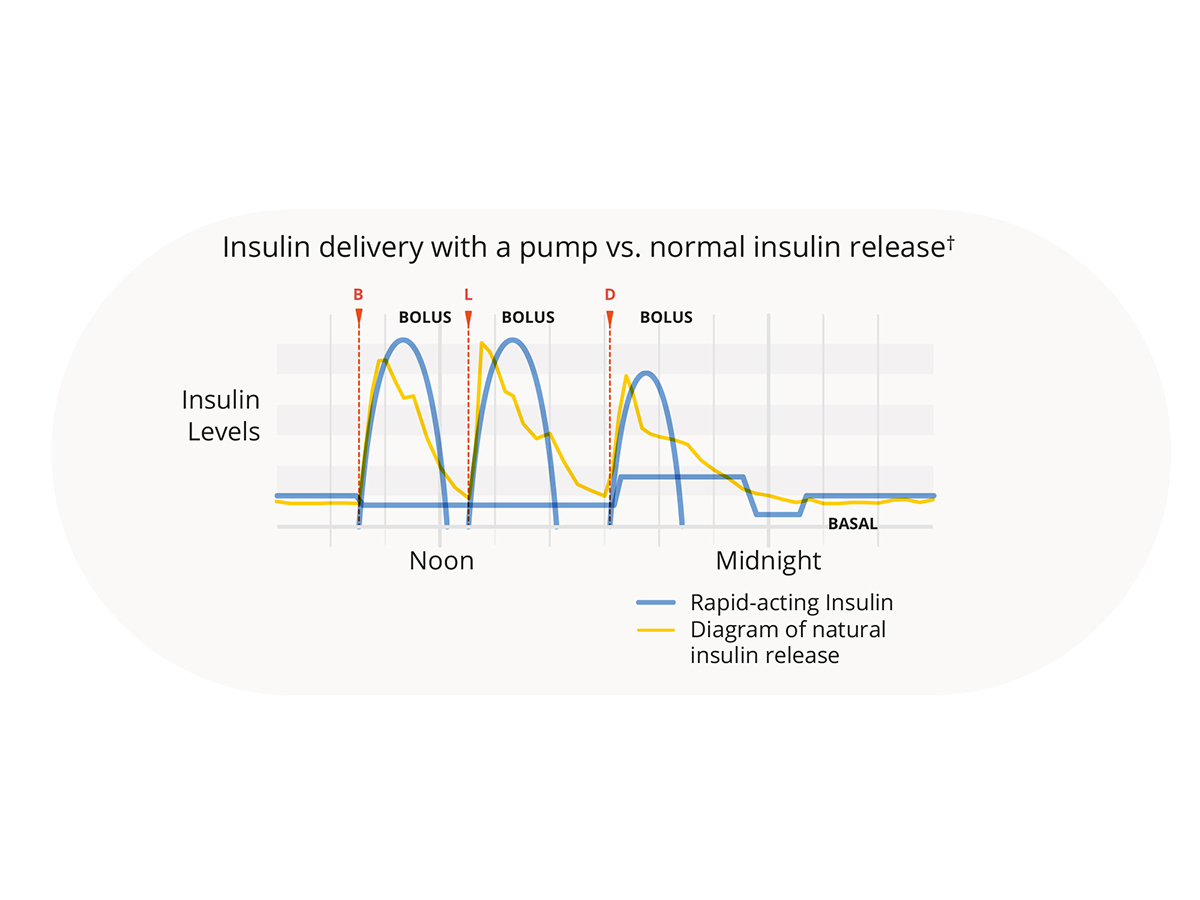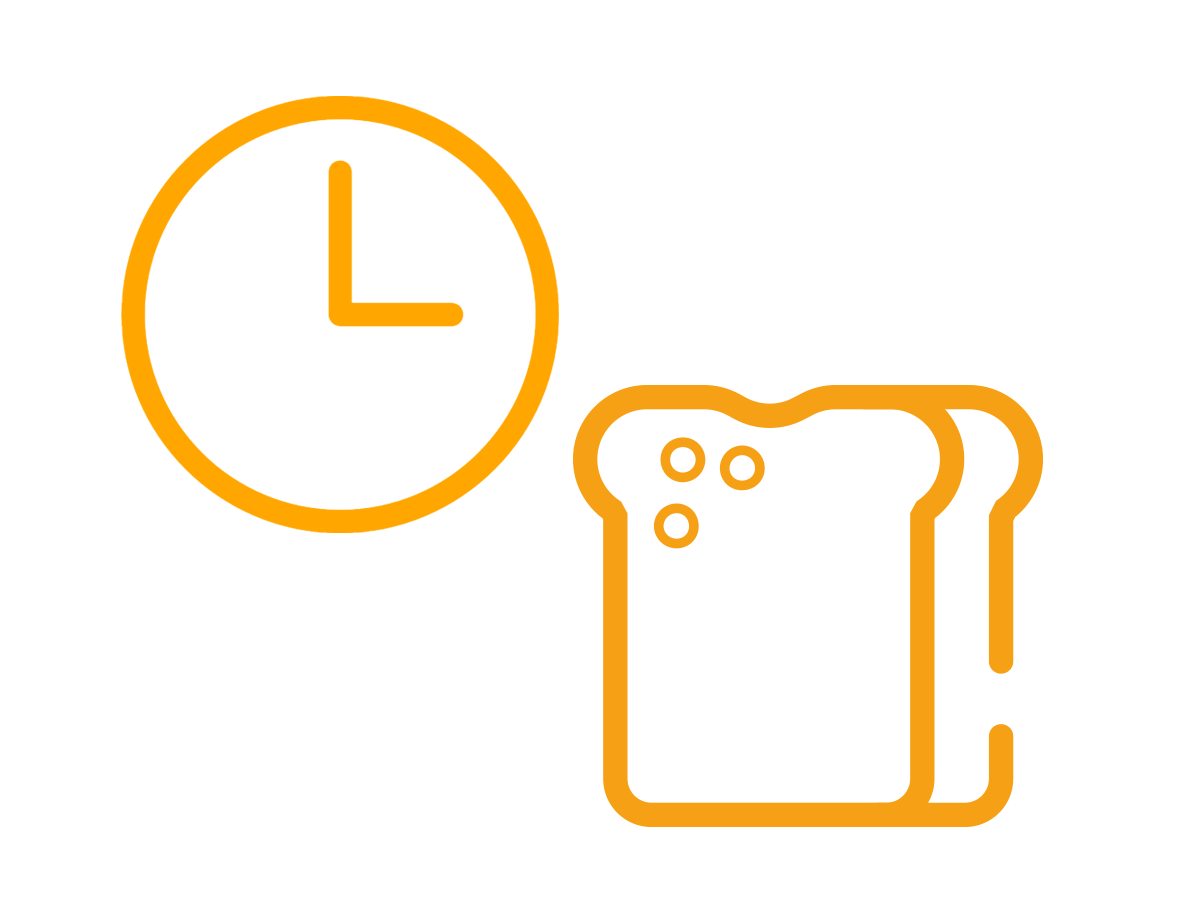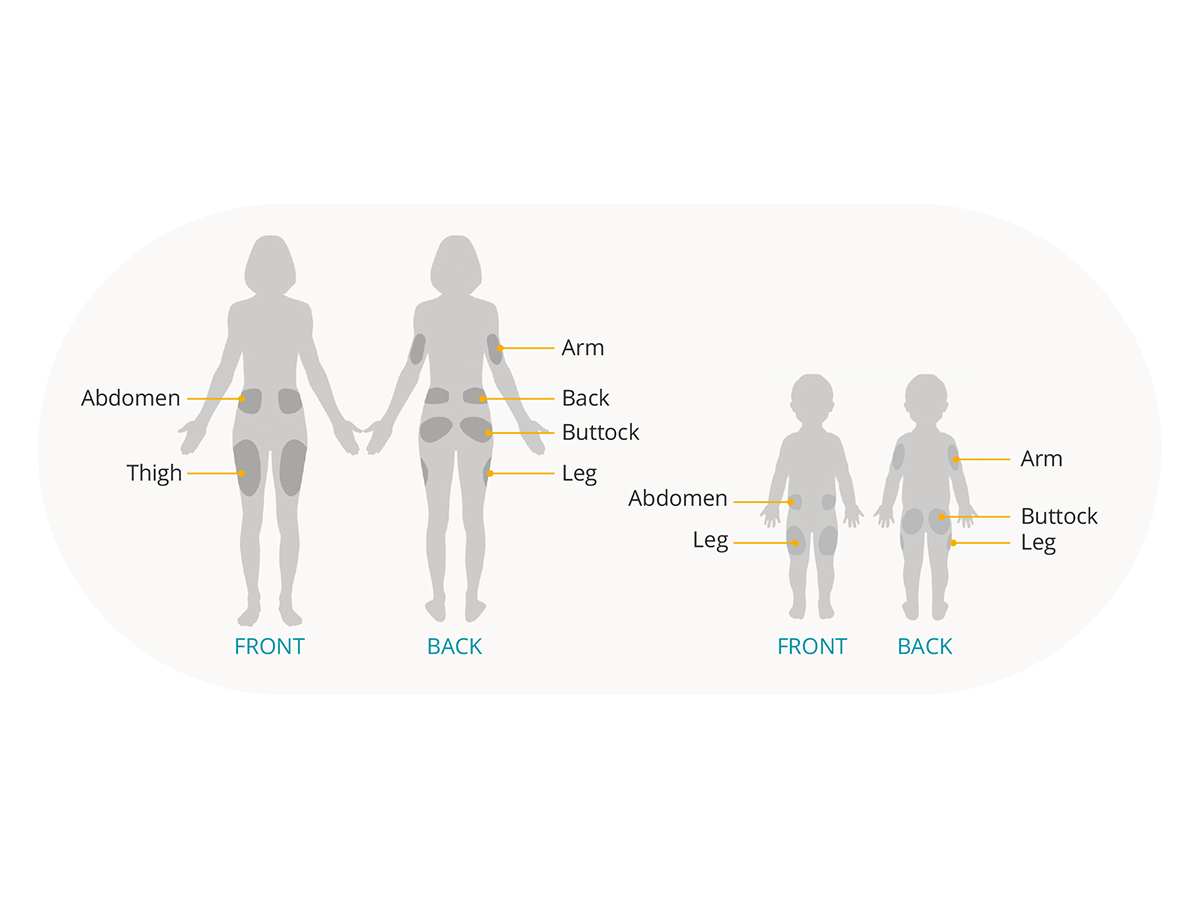Preparing for Pump Therapy


Before you start using your new Omnipod® System, it may help to understand some key concepts and expectations. This guide will define key terms as well as provide you with insights and tips.


Basal Rate(s) – the dose of insulin that is delivered continuously throughout the day to keep fasting blood glucose (BG) values in range. Basal rates are specified in units per hour (U/hr) and can be adjusted throughout the day to meet your specific insulin requirements
Bolus Calculator – feature that can suggest a bolus dose of insulin based on your BG level and carbohydrate (carb) intake. These calculators also take into account previous boluses to ensure you do not take too much insulin!
Your healthcare provider will calculate your insulin pump settings based on your current insulin doses, BG levels and weight, as well as other factors such as schedule and lifestyle.
It is recommended to check when you wake, before each meal, 2 hours after each meal, bedtime and occasionally in the middle of the night.
Include food eaten (portion size, grams of carbs), insulin taken, activity and illness.
Measure your portions with measuring cups, a food scale, or use a carb counting app on your smartphone.
Questions to ask yourself:
❑ Do you have what you need? Your healthcare provider will provide prescriptions for vials of insulin, test strips, lancets and other items you might need.
❑ Have you checked out digital resources? You can often download online resources to help you get started*.
❑ Do you have instructions on how you should take your insulin prior to starting on your pump? Be sure to discuss this with your healthcare provider.
During training you will learn in detail how the Pod and the Omnipod® System PDM operate. You will need to pay attention. You may like to attend your training with a list of pre-prepared questions.


Changing how you manage your diabetes can be overwhelming. Knowing what to expect can help.


Bolderman, K. Putting your patients on the pump. 2nd ed. American Diabetes Association. 2013.
ABCD DTN-UK Best Practice Guide. CSII. A clinical guide for adult diabetes services. 2018. https://abcd.care/dtn-uk-best-practice-guides
† © 2002 by the American Diabetes Association®. Smart pumping for people with diabetes. Reprinted with permission from the American Diabetes Association®.
*The Omnipod® System Digital online Resources: https://www.myomnipod.com/en-gb/podder-resources-troubleshooting